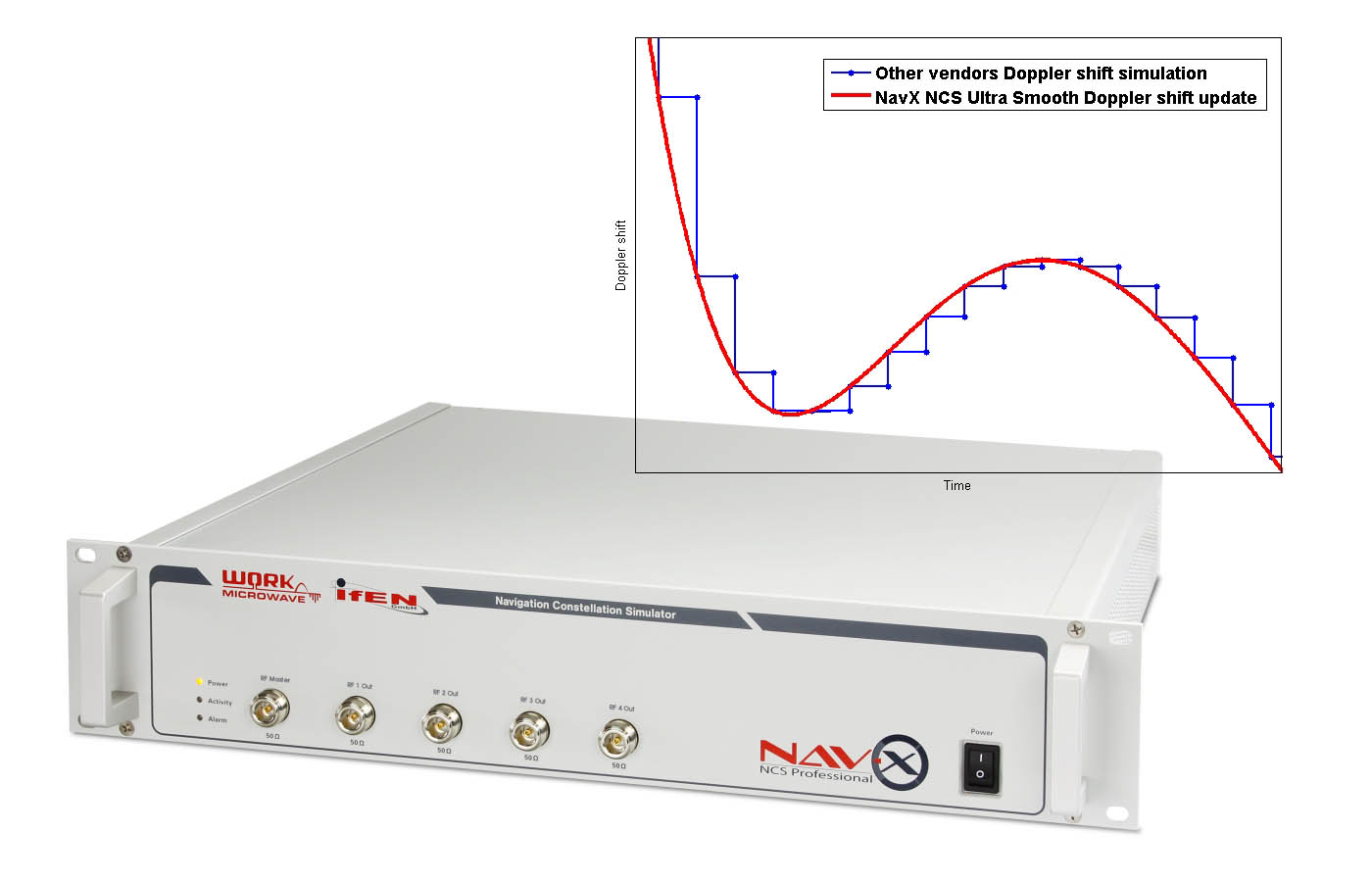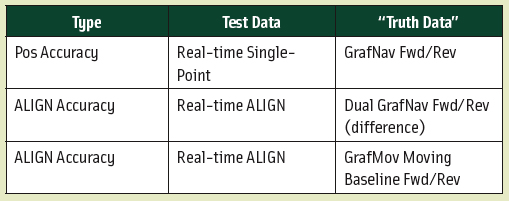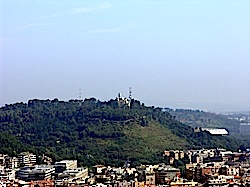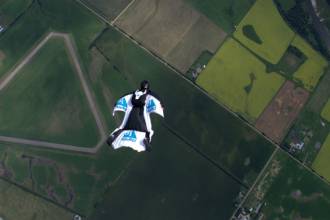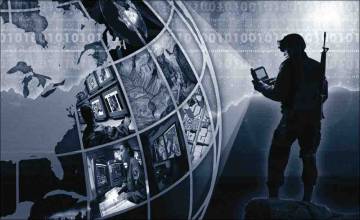GPS Program Budget: A Lot, But Is It Enough?

The details of President Obama’s 2013 budget have been gradually filtering out and, in general, the GPS system and those programs closely linked to satellite navigation, have escaped deep cuts.
On the hardware side the White House has requested $58.2 for GPS IIF satellite procurement. According to Air Force budget documents, the plan is to then wrap up the total IIF procurement of 12 satellites with a request for $77.6 million in FY14 and $7.3 million in FY15.
By Inside GNSS
